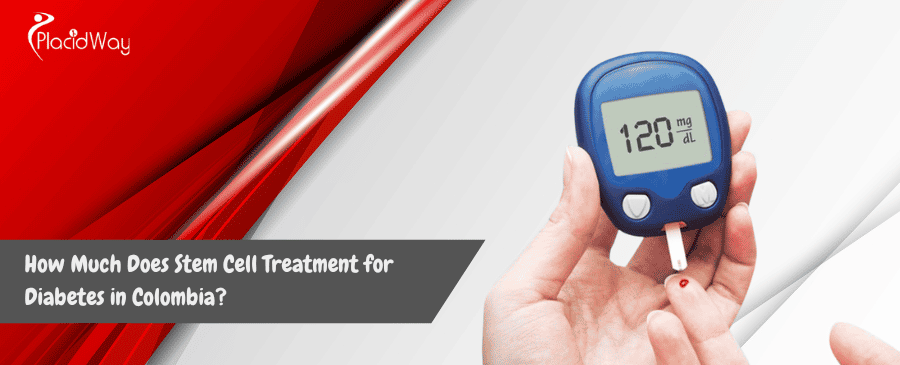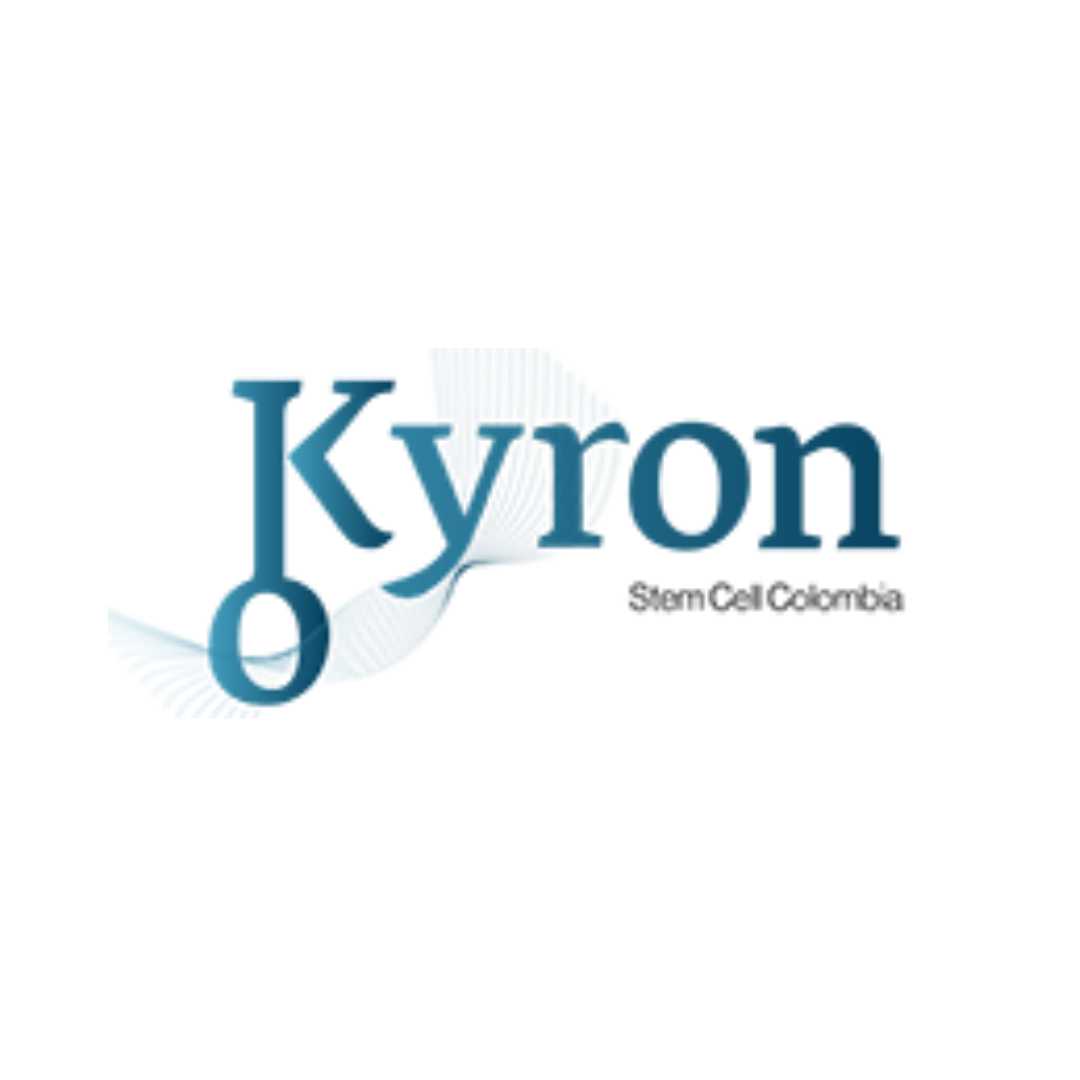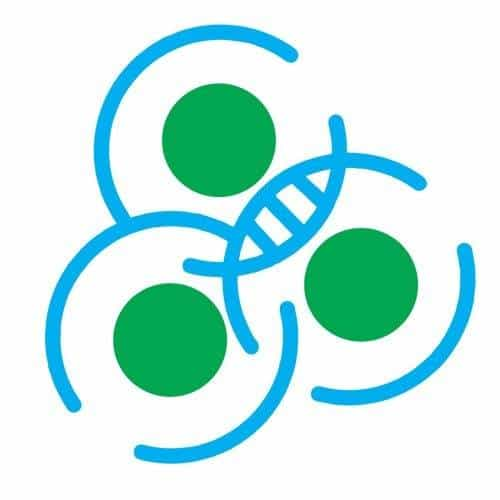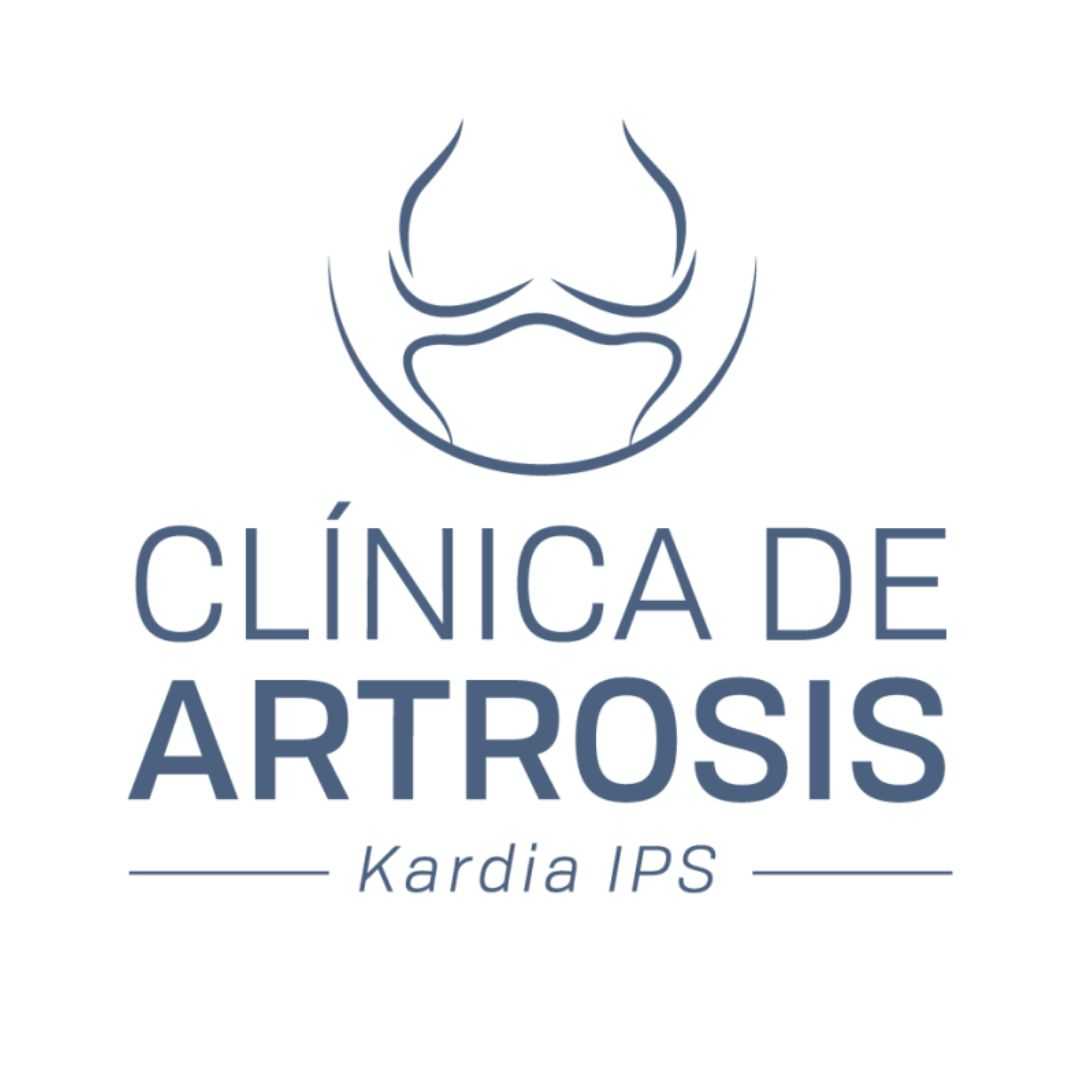Affordable Stem Cell Therapy for Diabetes in Colombia
Dealing with diabetes can be a daily challenge, and many are now looking toward innovative medical advancements for new hope. One such groundbreaking option is stem cell treatment for diabetes in Colombia. This South American country has become a prominent destination for medical tourism, offering advanced regenerative therapies at a fraction of the cost you might find in the United States or Europe. If you're considering this life-changing treatment, your first question is likely about the price. The cost of stem cell therapy for diabetes in Colombia is influenced by several factors, including the type of diabetes, the clinic's reputation, and the comprehensiveness of the treatment package. Colombian clinics are known for their high standards, often adhering to international regulations, which provides a level of assurance for international patients. This approach to treatment focuses on regenerating damaged pancreatic cells to improve the body's natural insulin production, potentially reducing dependency on daily injections and medications. As you explore this option, understanding the costs, procedures, and potential outcomes is crucial to making an informed decision about your health.
How Much Does Stem Cell Treatment for Diabetes Cost in Colombia?
The price for stem cell therapy for diabetes in Colombia is considerably more affordable than in many Western countries. The final cost depends on various factors that are tailored to the individual patient's needs. For example, a comprehensive package at a leading clinic might be at the higher end of the spectrum but could include multiple treatment sessions, extensive pre-treatment diagnostics, and supportive therapies.
It's important to get a detailed quote from your chosen clinic. This quote should break down all the associated costs, so you have a clear understanding of what is included in the price. Some clinics also offer financing options or work with medical tourism agencies that can help you manage the expenses.
What Factors Influence the Cost of Treatment?
The overall cost of your stem cell treatment for diabetes in Colombia is not a one-size-fits-all figure. Several variables come into play, which can be broken down for better understanding:
- Type of Stem Cells: The treatment may use mesenchymal stem cells (MSCs) derived from sources like umbilical cord tissue, bone marrow, or adipose (fat) tissue. The sourcing and processing of these cells can affect the cost.
- Clinic and Technology: More advanced clinics with state-of-the-art labs, international certifications (like ISO), and experienced specialists may charge more for their expertise and quality assurance.
- Treatment Protocol: The number of stem cell infusions, the cell count per infusion, and the overall duration of the treatment plan will directly impact the cost. Some patients may require a more intensive protocol than others.
- Included Services: Many clinics offer packages that include consultations, airport transfers, accommodation, and post-treatment follow-ups, which will be reflected in the total price.
Is Stem Cell Therapy for Type 1 and Type 2 Diabetes Priced Differently?
The underlying causes of Type 1 and Type 2 diabetes are different, and so the stem cell treatment protocols are tailored accordingly. For Type 1 diabetes, an autoimmune condition where the body attacks its own insulin-producing cells, the therapy aims to regulate the immune system and regenerate these lost cells. This might involve a specific type of stem cell known for its immunomodulatory properties.
For Type 2 diabetes, which is characterized by insulin resistance and relative insulin deficiency, the treatment focuses on improving the body's response to insulin and repairing tissues and organs damaged by high blood sugar. The protocol may involve a different dosage or type of stem cells, potentially influencing the overall cost.
What is Typically Included in a Treatment Package in Colombia?
When you opt for stem cell treatment in Colombia, clinics often provide all-inclusive packages to cater to international patients. This ensures a seamless and stress-free experience. A typical package may include:
- Medical Services: Pre-treatment consultations, all necessary lab tests and diagnostics, the stem cell procedure itself, and post-treatment monitoring.
- Supportive Therapies: Many clinics incorporate additional treatments like IV vitamin infusions, ozone therapy, or hyperbaric oxygen therapy to enhance the effects of the stem cells.
- Logistics: To ease the travel burden, packages frequently cover airport pickup and drop-off, accommodation in a nearby hotel or apartment, and sometimes even local transportation.
- Translation Services: To ensure clear communication, many top clinics provide language assistance for international patients.
Are There Reputable Stem Cell Clinics in Colombia?
Colombia has emerged as a trusted destination for regenerative medicine due to its high-quality medical infrastructure and skilled professionals. When searching for a clinic, look for accreditations and certifications that demonstrate a commitment to safety and quality. Reputable clinics are transparent about their procedures, success rates, and costs.
Patient testimonials and reviews can also provide valuable insights into the quality of care and patient experience at a particular clinic. It is crucial to do thorough research and choose a facility that is well-regarded and has a proven track record in treating diabetes with stem cells.
What is the Procedure for Stem Cell Treatment for Diabetes?
The journey to receiving stem cell treatment for diabetes in Colombia begins with a thorough evaluation of your medical history. Once you are deemed a suitable candidate, the treatment process is straightforward. The most common method of administration is through an IV drip, which allows the stem cells to travel throughout the body and home in on areas of inflammation and tissue damage, such as the pancreas.
The infusion process itself is relatively quick and painless, often taking a couple of hours per session. The number of sessions required will be determined by your personalized treatment plan. Throughout the process, the medical team will monitor you to ensure your comfort and safety.
How Long Does It Take to See Results?
Patience is key after undergoing stem cell therapy. The regenerative process is gradual. Initial improvements might be subtle, such as a reduction in fatigue or better-stabilized blood glucose levels. Over several months, you may notice a decreased need for insulin or other diabetes medications.
Clinics will typically provide a follow-up schedule to monitor your progress. This may involve periodic blood tests and consultations to assess the effectiveness of the treatment and make any necessary adjustments to your ongoing care plan.
What are the Success Rates of Stem Cell Therapy for Diabetes in Colombia?
The success of stem cell treatment for diabetes is generally measured by improvements in key health markers, such as HbA1c levels, C-peptide levels (an indicator of insulin production), and the daily dosage of insulin required. Many patients report a significant reduction in their dependence on medication, and in some cases, patients have become insulin-independent for a period.
It's important to have realistic expectations. While the results can be life-changing, they vary based on the individual's condition, the severity of the diabetes, and their overall health. Discussing potential outcomes with your doctor in Colombia will help you set achievable goals for your treatment.
Is Stem Cell Therapy for Diabetes Safe in Colombia?
Safety is a top priority for leading stem cell clinics in Colombia. The use of allogeneic mesenchymal stem cells from umbilical cord tissue eliminates the risk of rejection, as these cells are immunoprivileged. This means they do not require HLA matching.
The Colombian government, through INVIMA, provides regulatory oversight for stem cell therapies, ensuring that clinics adhere to safety and quality standards. Side effects are generally mild and temporary, such as fatigue or mild flu-like symptoms after the infusion, which typically resolve within a day or two.
What Questions Should I Ask a Clinic Before Booking Treatment?
Making an informed decision is vital. Here is a checklist of questions to ask any potential clinic:
- What is the source of your stem cells (e.g., umbilical cord, adipose)?
- How are the stem cells tested for viability and purity?
- What is the total cost, and what does it include? Are there any hidden fees?
- Can you share patient testimonials or connect me with a former patient?
- What are the qualifications and experience of the medical team?
- What is the post-treatment follow-up process?
How are Stem Cell Clinics in Colombia Regulated?
This regulatory oversight provides a layer of protection for patients, ensuring that treatments are not only effective but also safe. Clinics that cater to international patients often go a step further by seeking additional international certifications to demonstrate their commitment to the highest standards of care. This regulatory environment is a key reason why Colombia has become a trusted hub for medical tourism.
Do I Need a Visa to Travel to Colombia for Medical Treatment?
The ease of travel is another factor that makes Colombia an attractive destination for medical tourists. For most Western visitors, a valid passport is all that is needed for a short stay. However, it's always prudent to double-check the entry requirements with the nearest Colombian consulate or embassy to ensure a smooth journey.
What are the Benefits of Choosing Colombia for Stem Cell Therapy?
Beyond the financial advantages, Colombia offers a unique combination of advanced medical technology and a patient-centric approach to care. The country's medical professionals are often trained internationally and are fluent in English. Additionally, the warm and welcoming culture makes for a pleasant and comfortable recovery environment.
What are the Potential Risks of Stem Cell Therapy for Diabetes?
Reputable clinics in Colombia take every precaution to ensure patient safety. This includes a thorough screening of the donor stem cells for any infectious diseases and a careful evaluation of the patient's health before the procedure. While no medical procedure is entirely without risk, the safety profile for this type of stem cell therapy is excellent when performed under controlled, professional conditions.
Can Stem Cell Therapy Cure Diabetes?
The goal of stem cell treatment for diabetes is to manage the disease more effectively and prevent its long-term complications. By addressing the root cellular damage, it offers a regenerative approach rather than just symptomatic relief. Many patients achieve long-term remission of symptoms and a significant reduction in their daily medical regimen, which is a transformative outcome.
Ready to explore your options for stem cell treatment for diabetes in Colombia? Explore PlacidWay for solutions related to medical tourism and healthcare services.



.png)






.png)
.png)






Share this listing